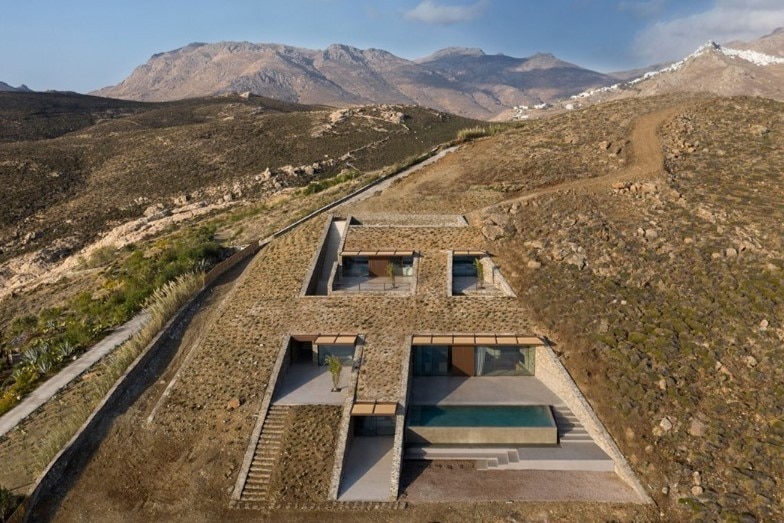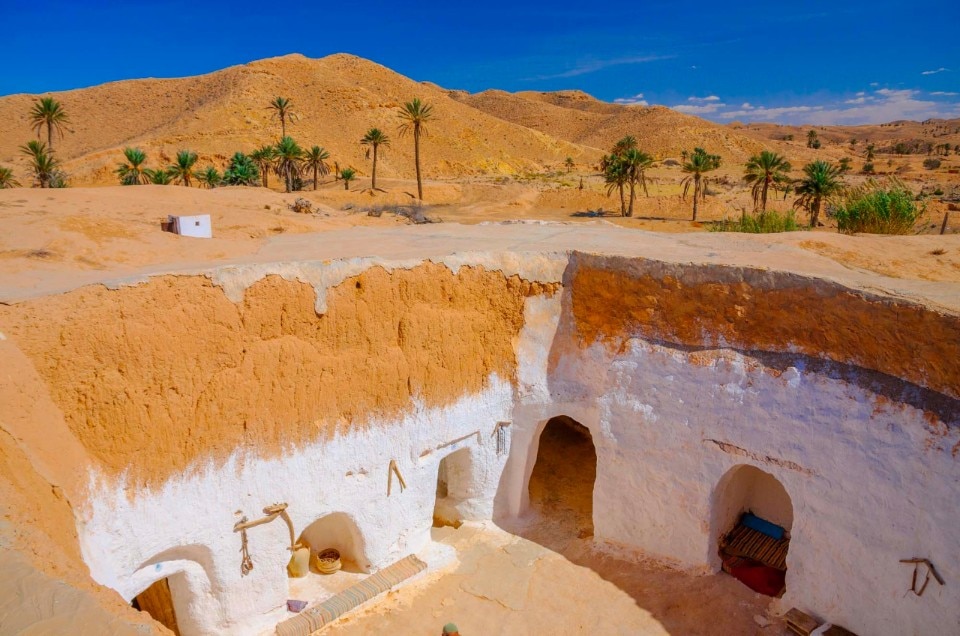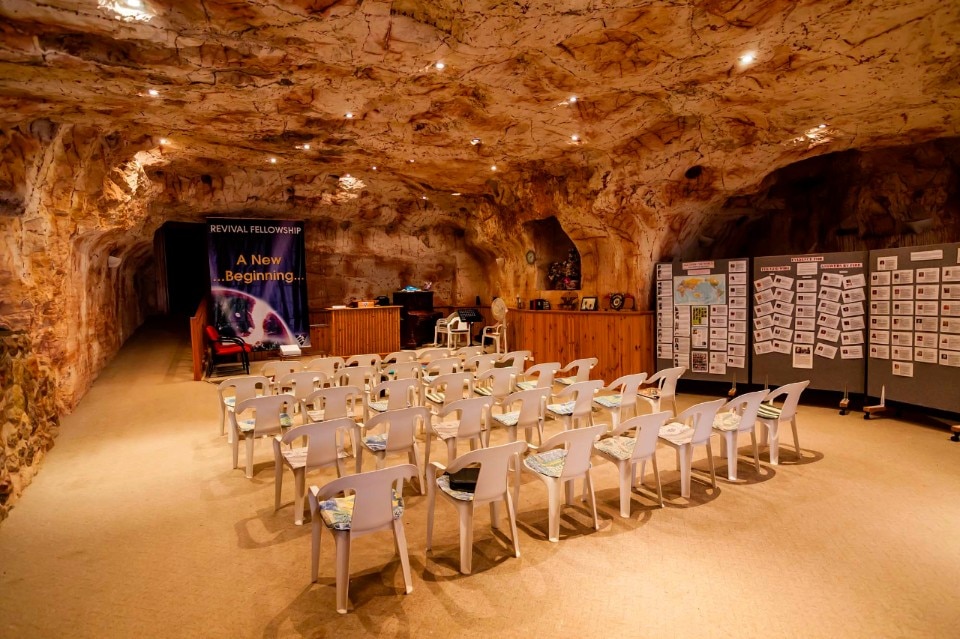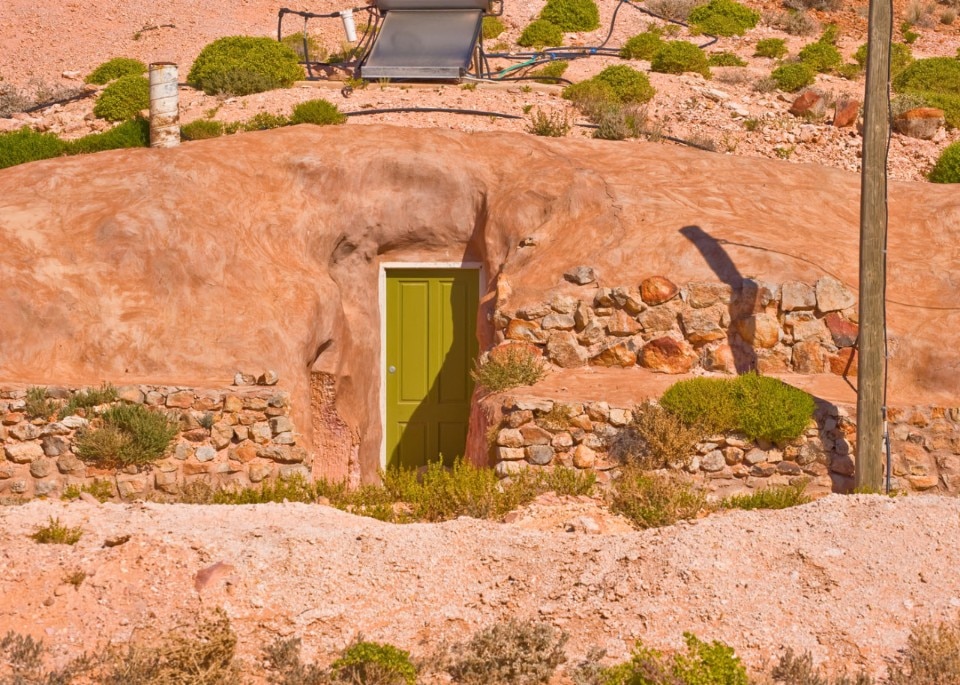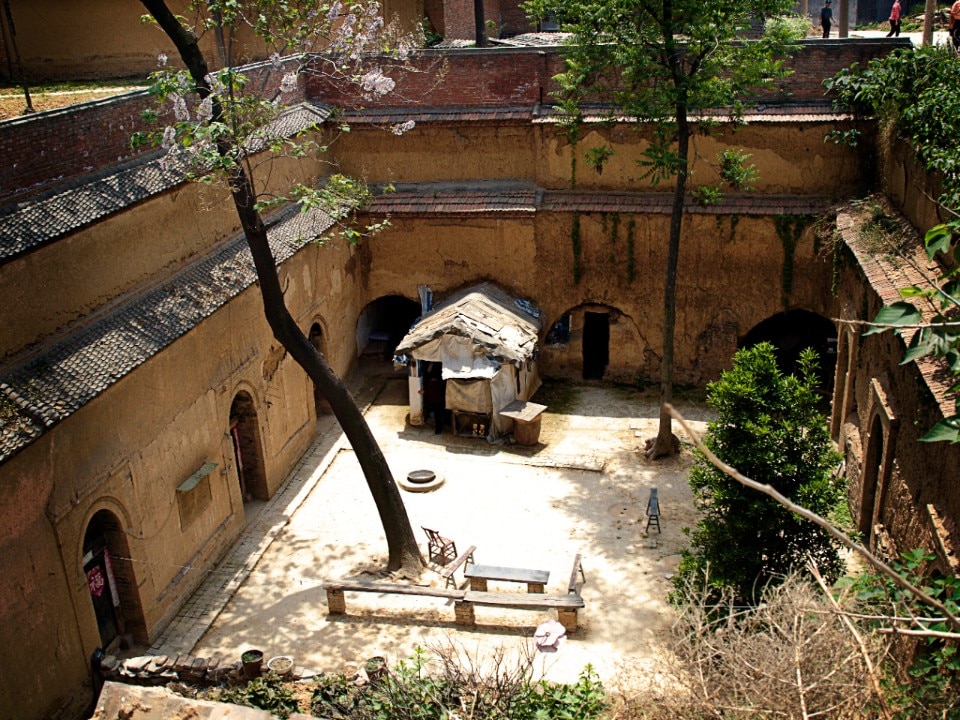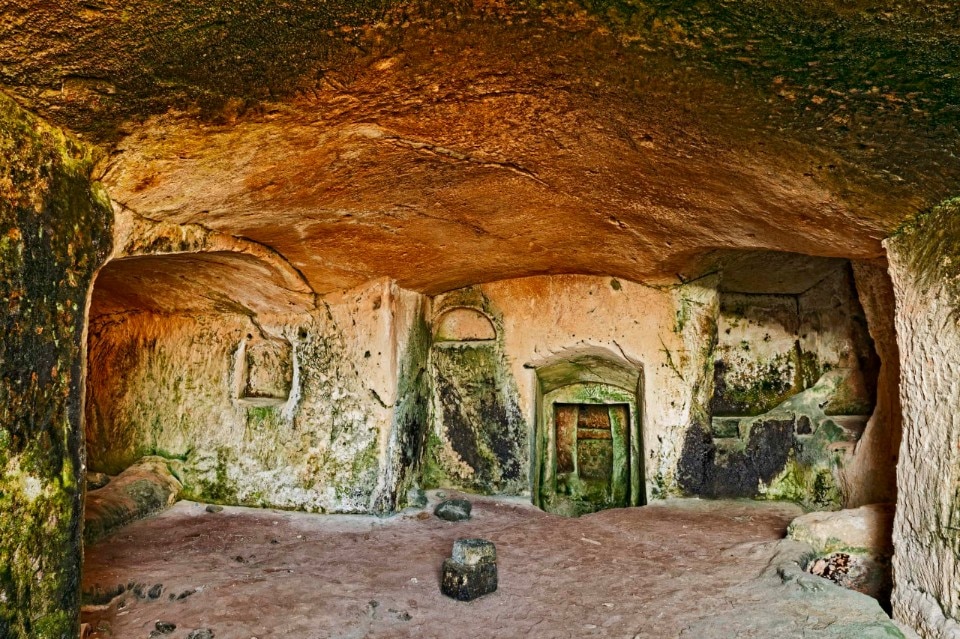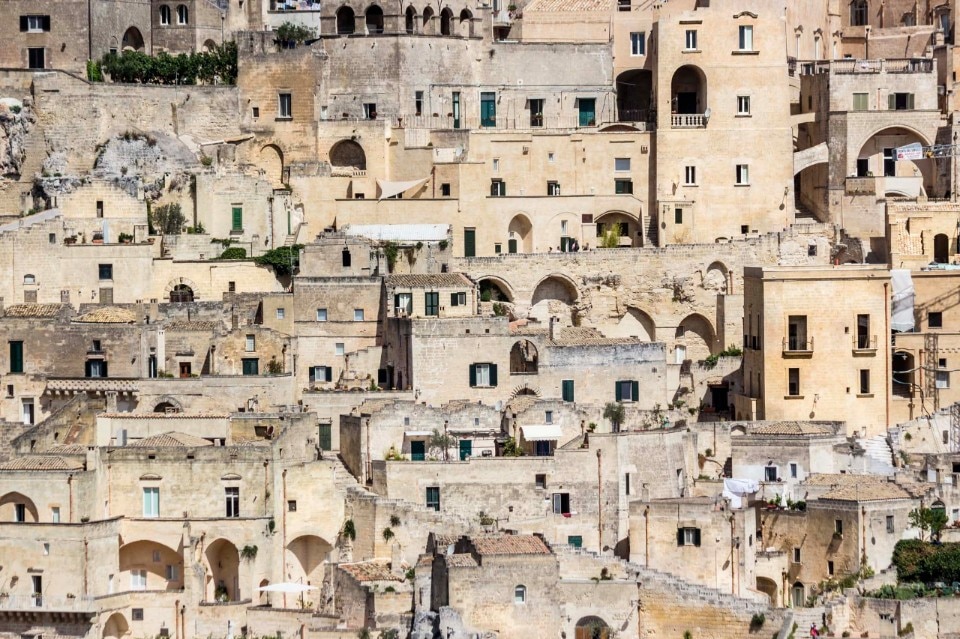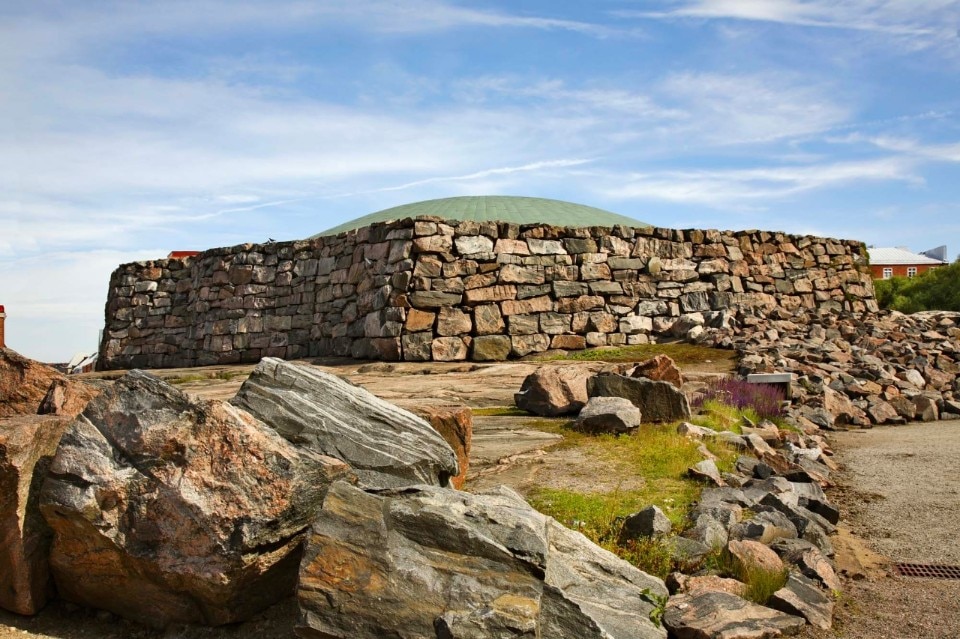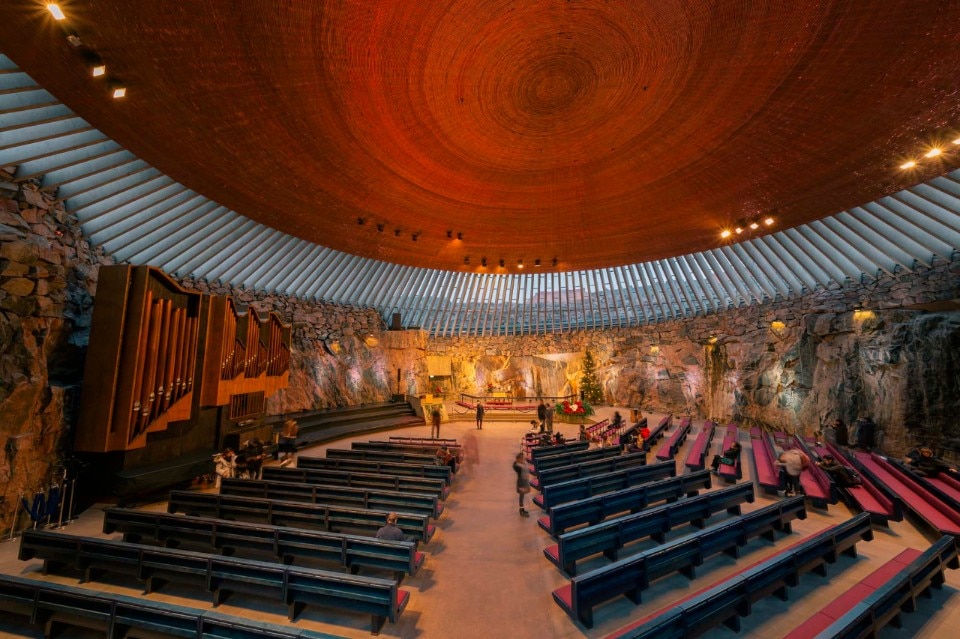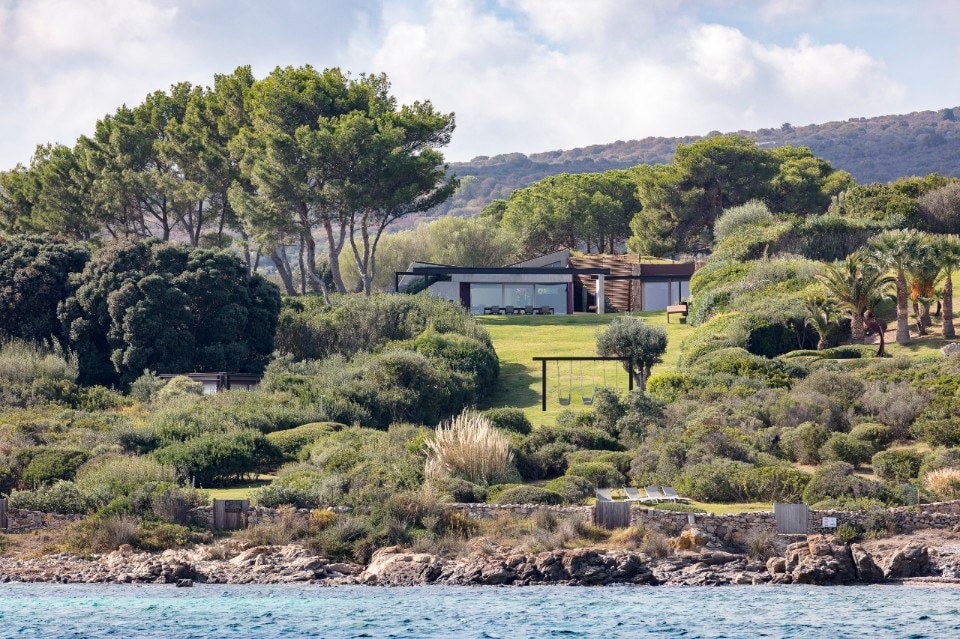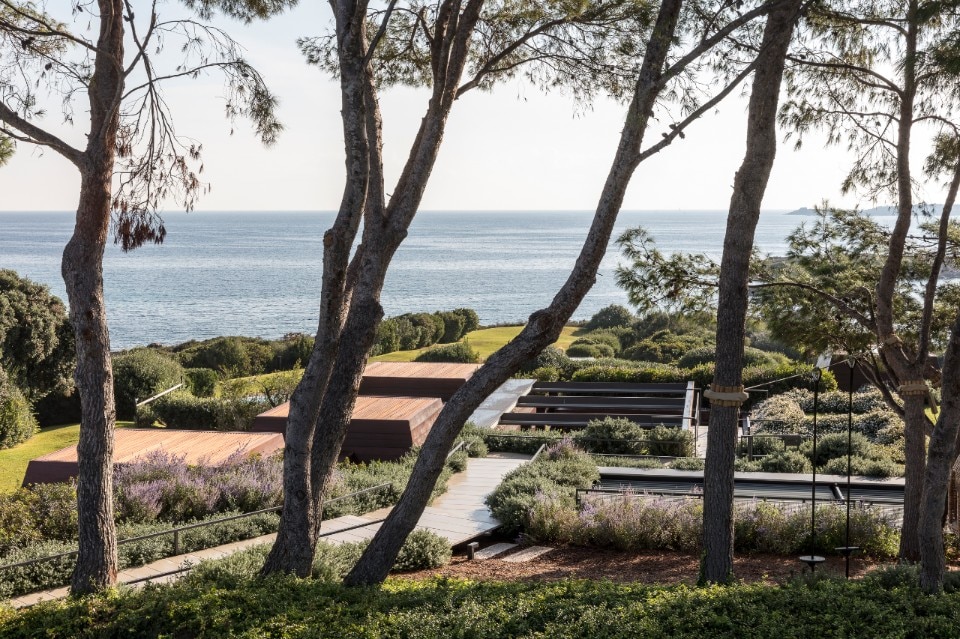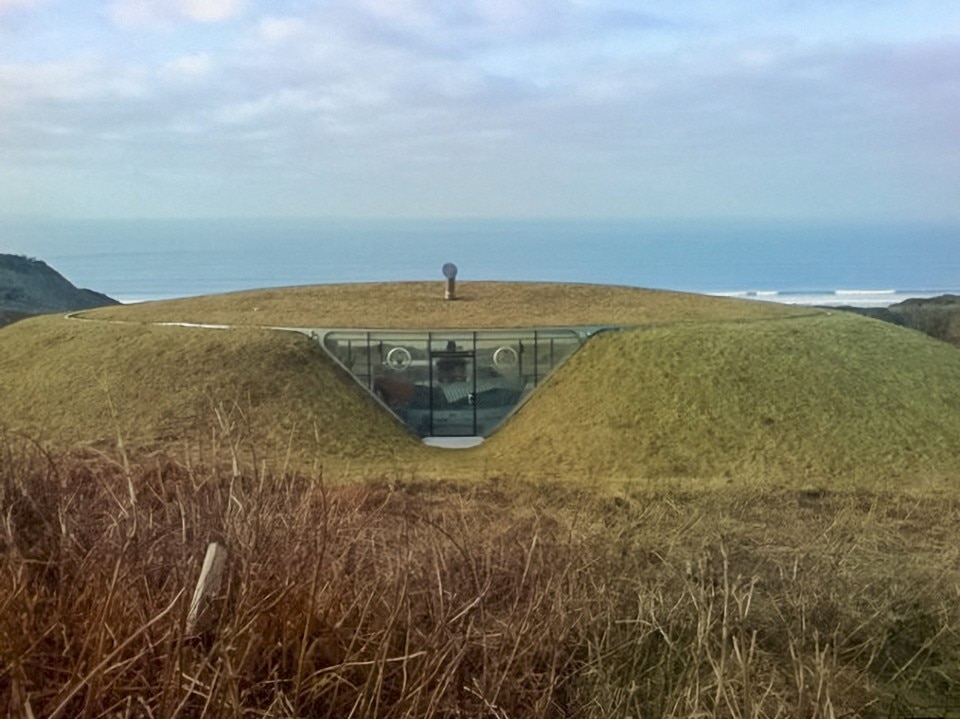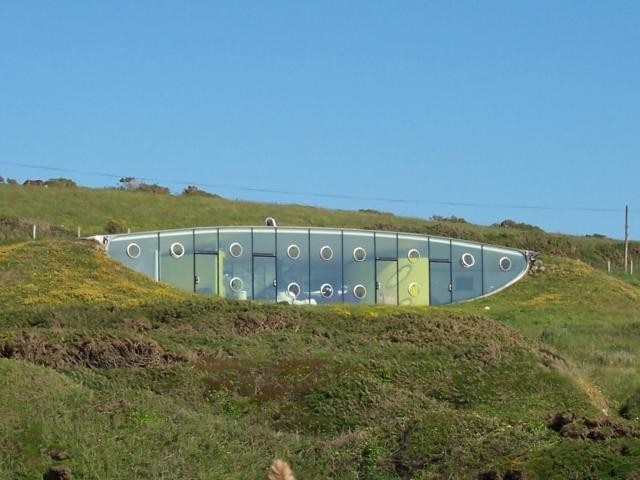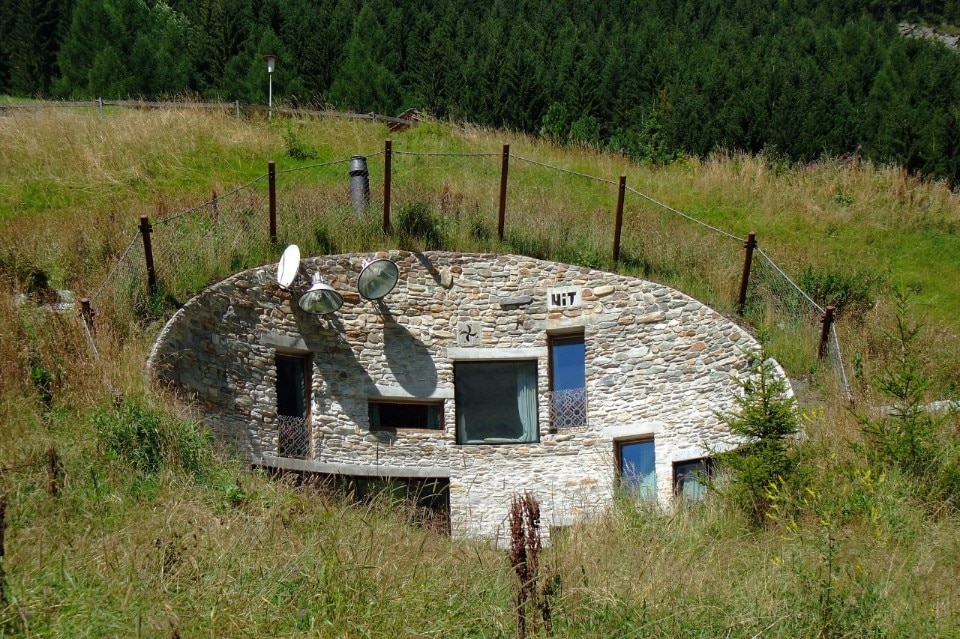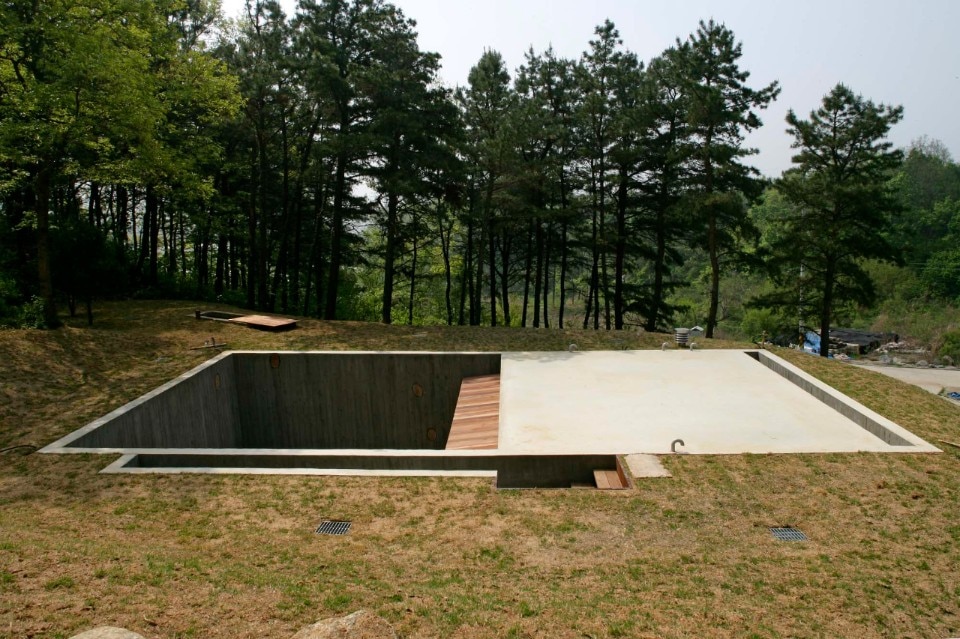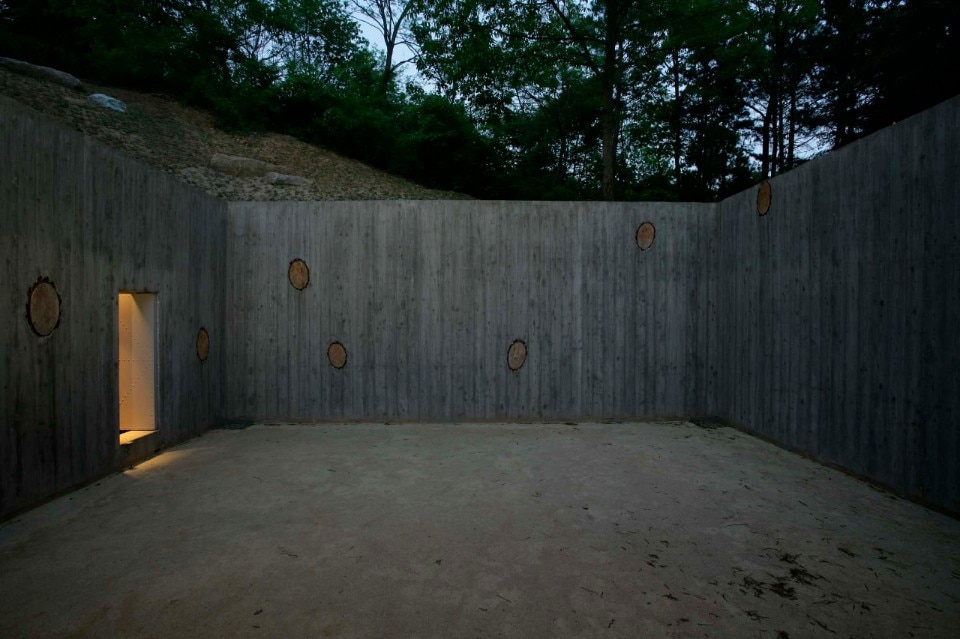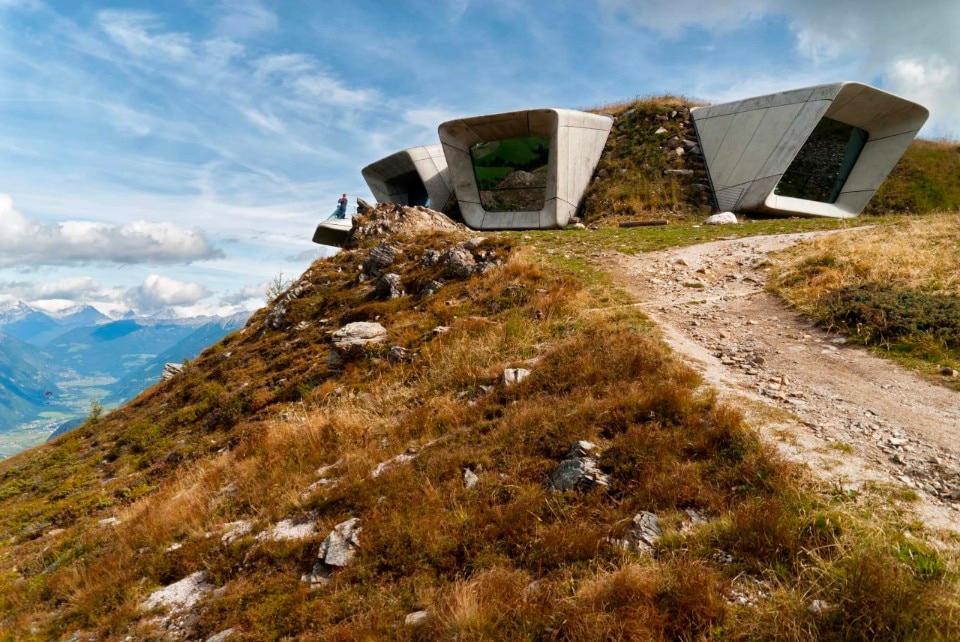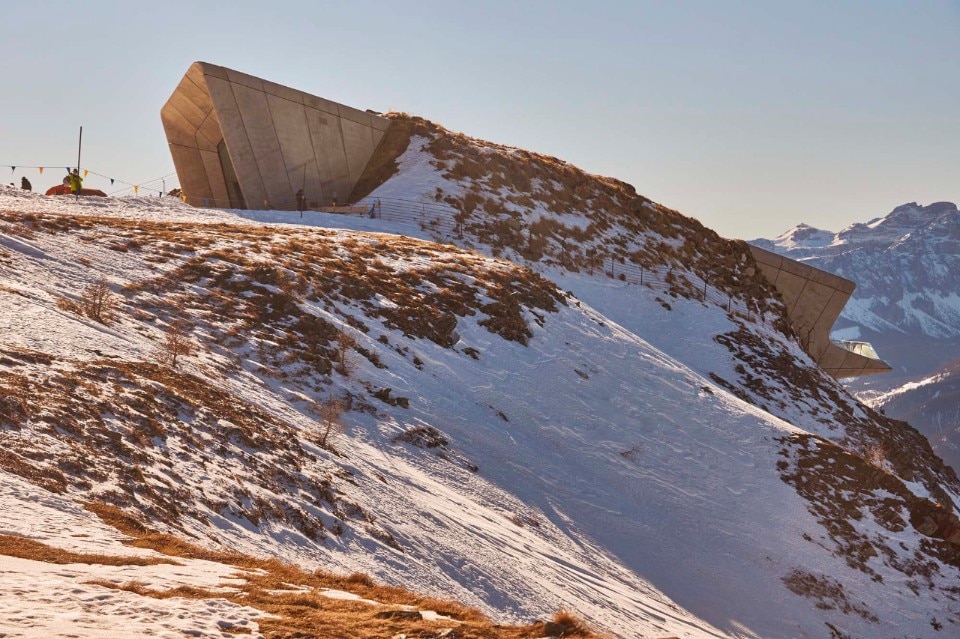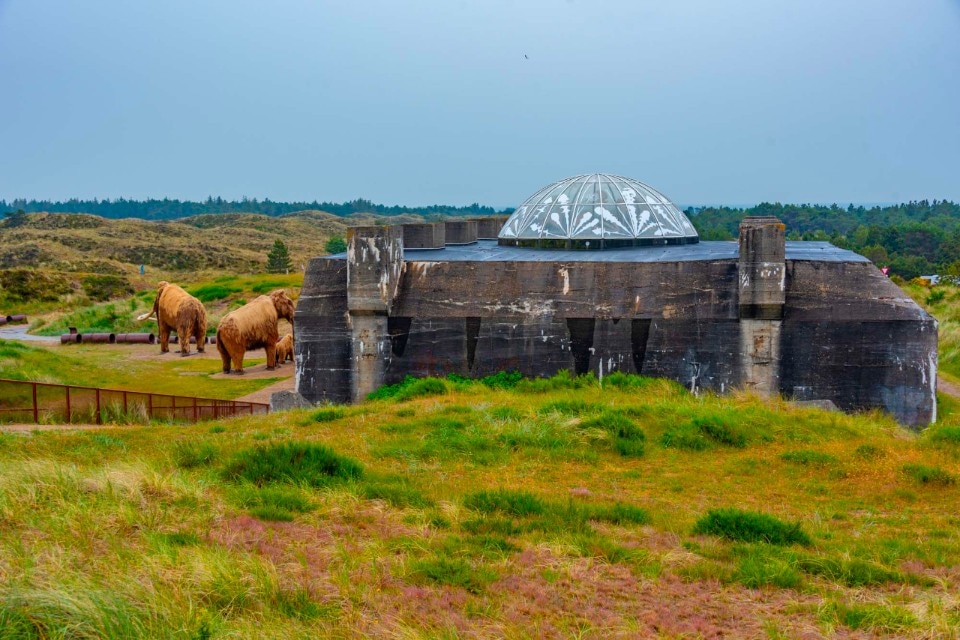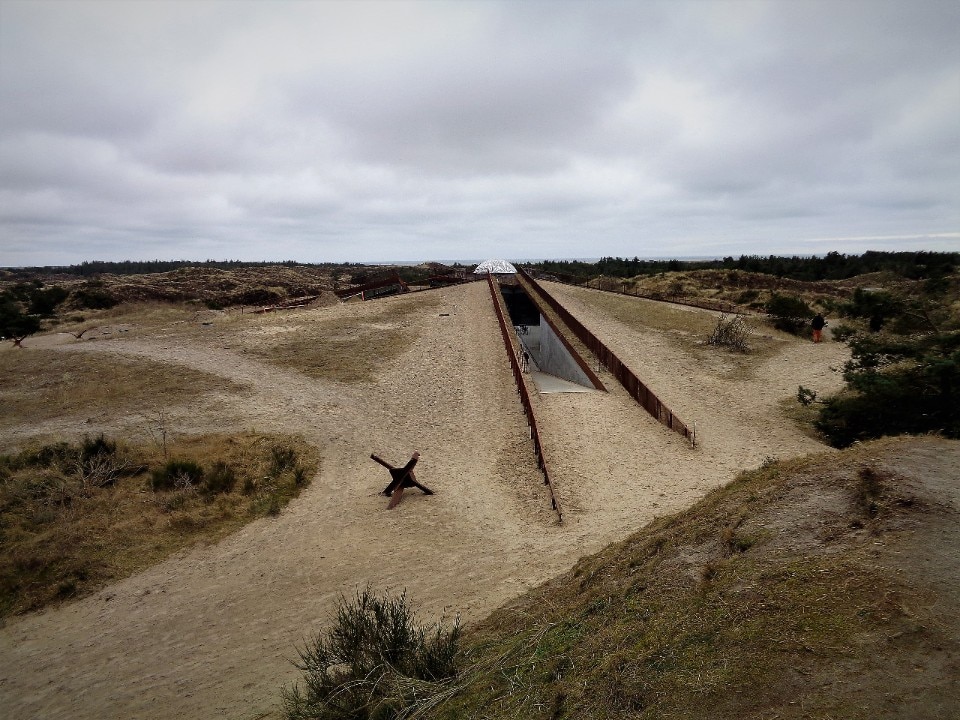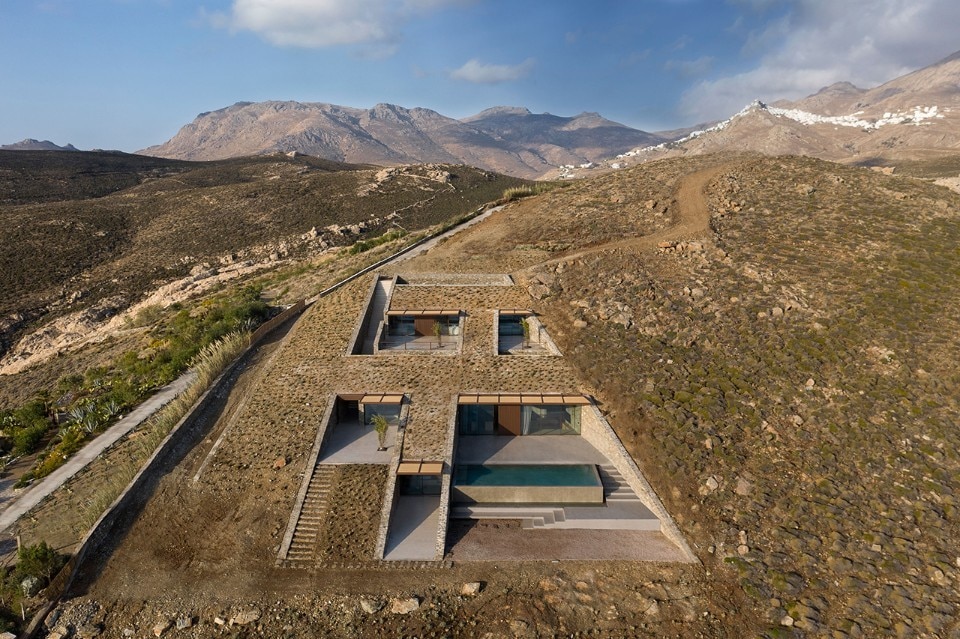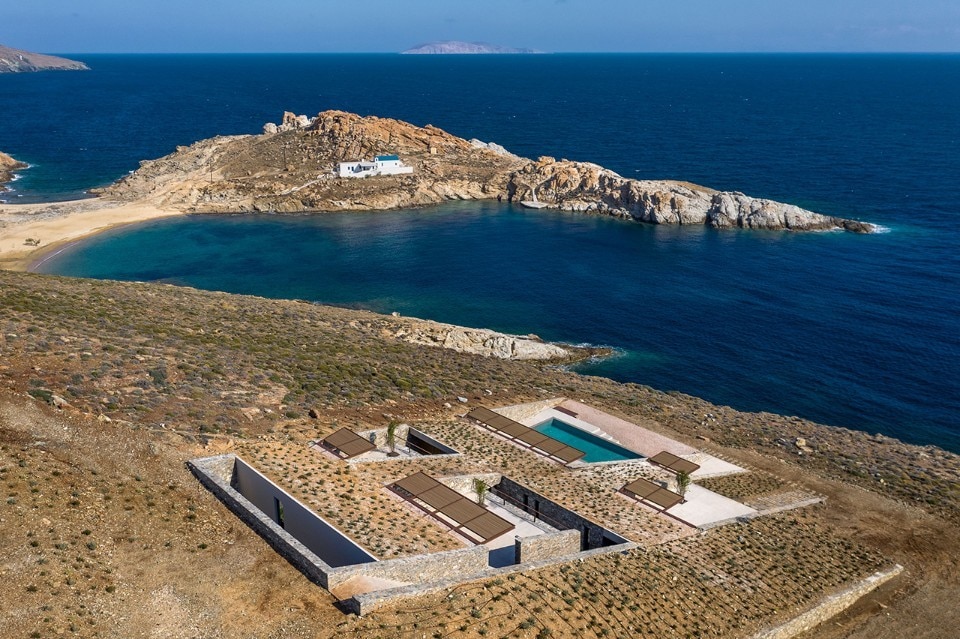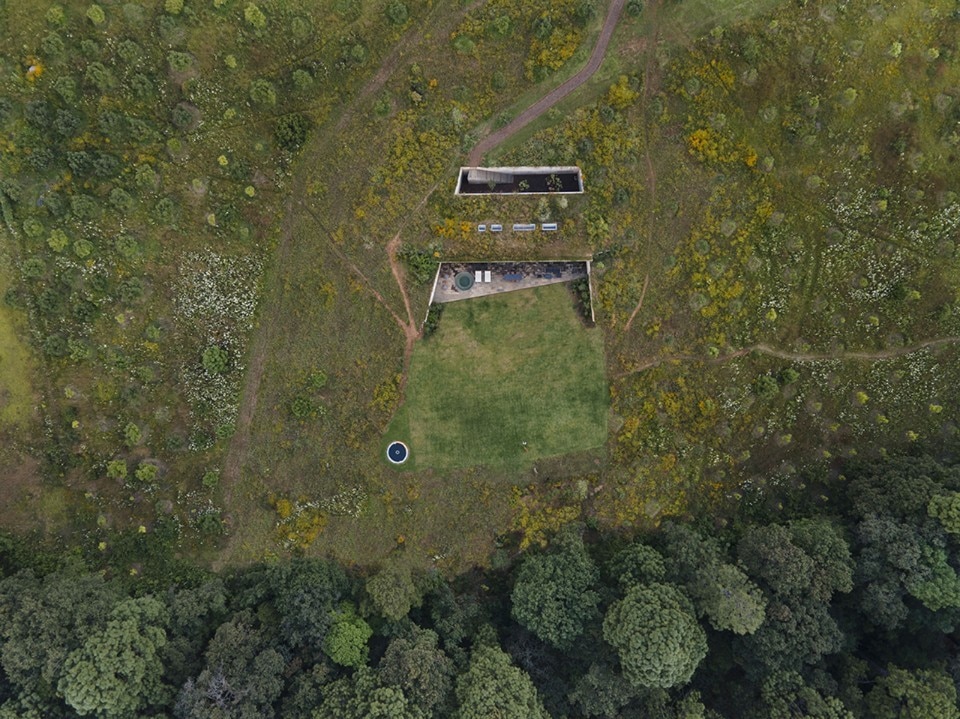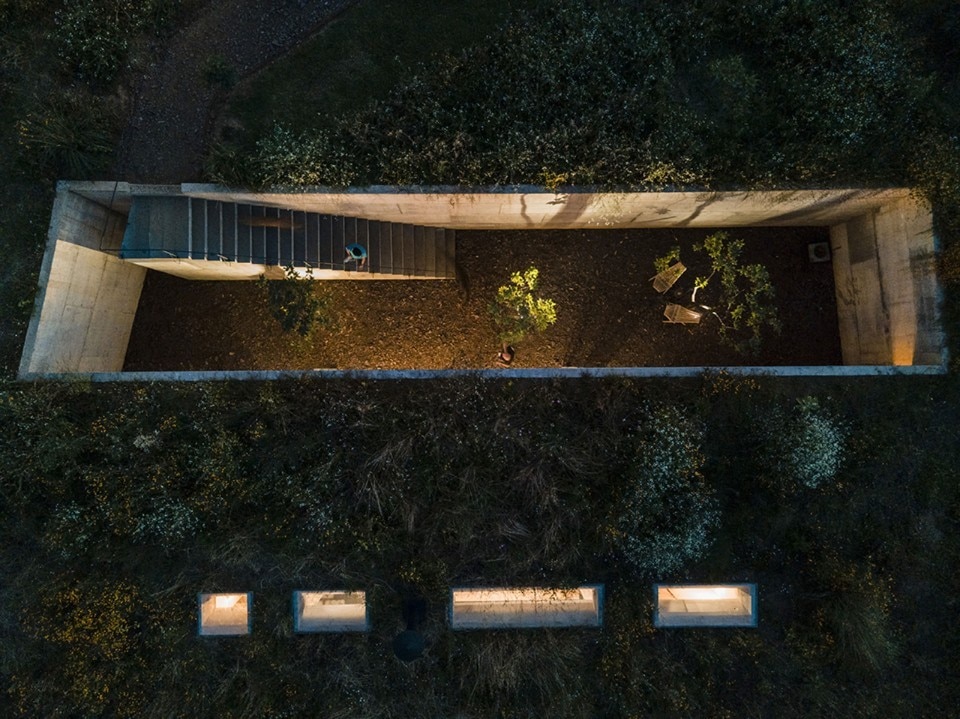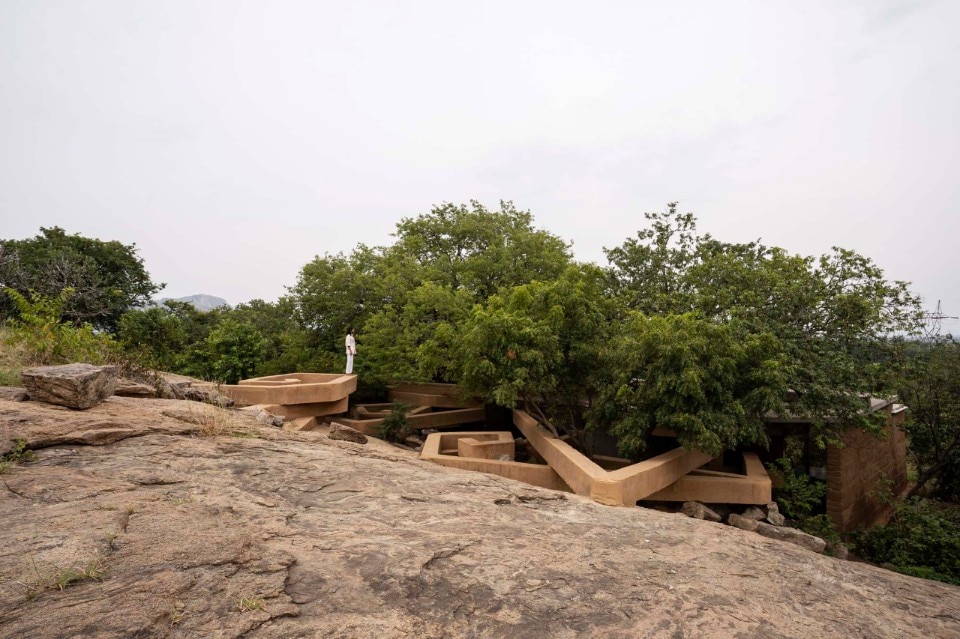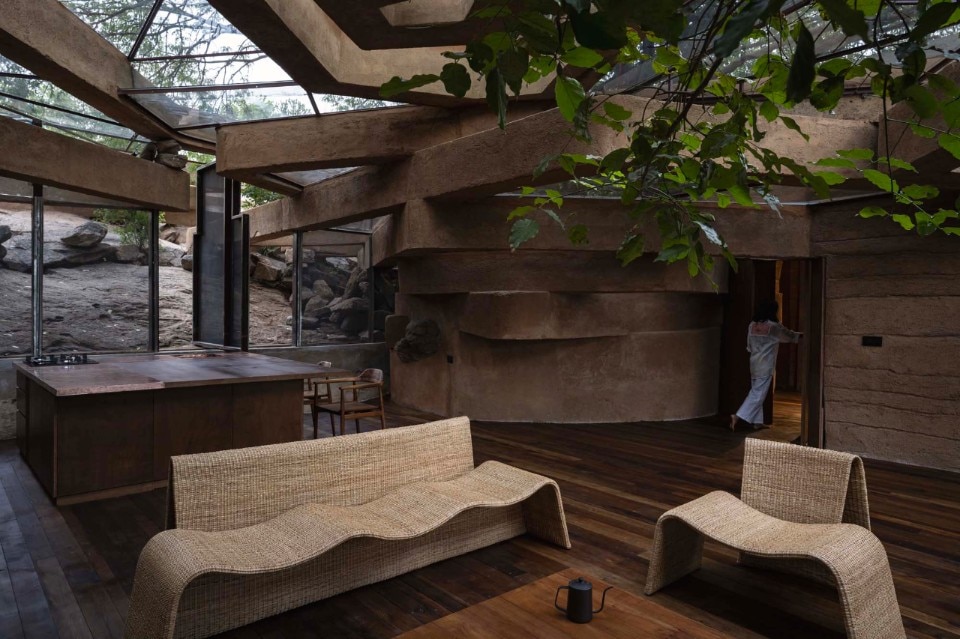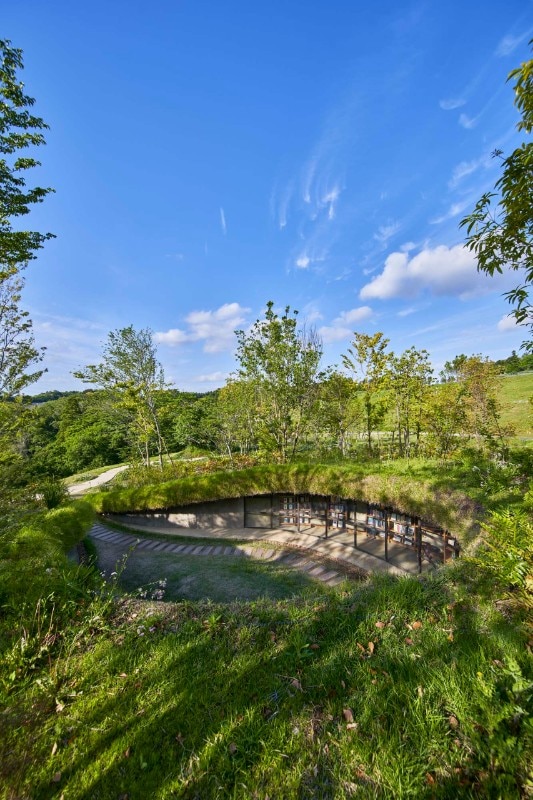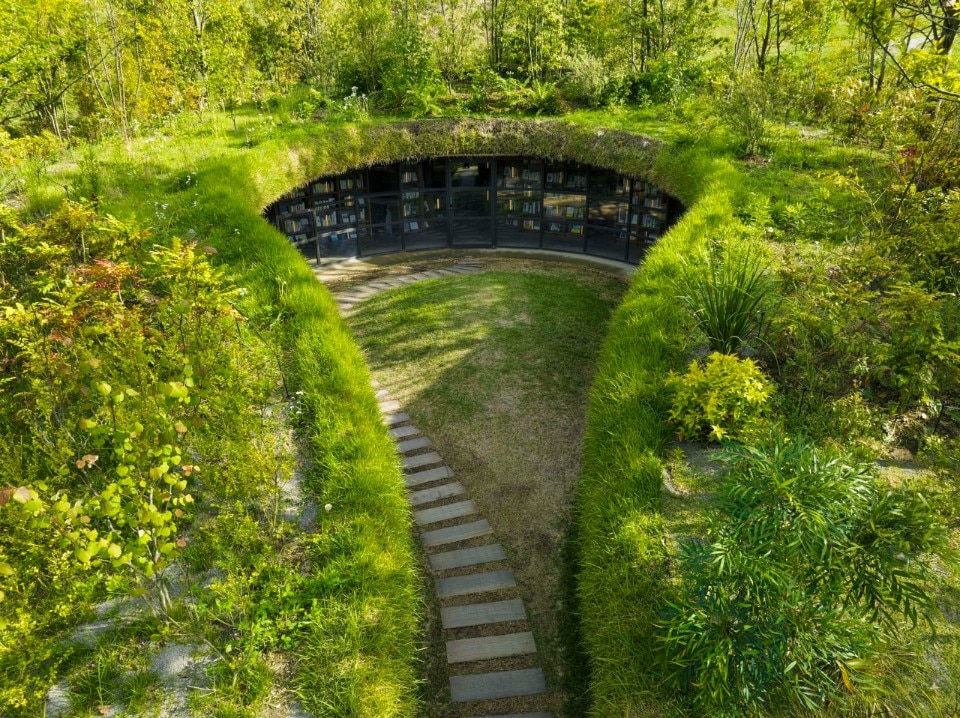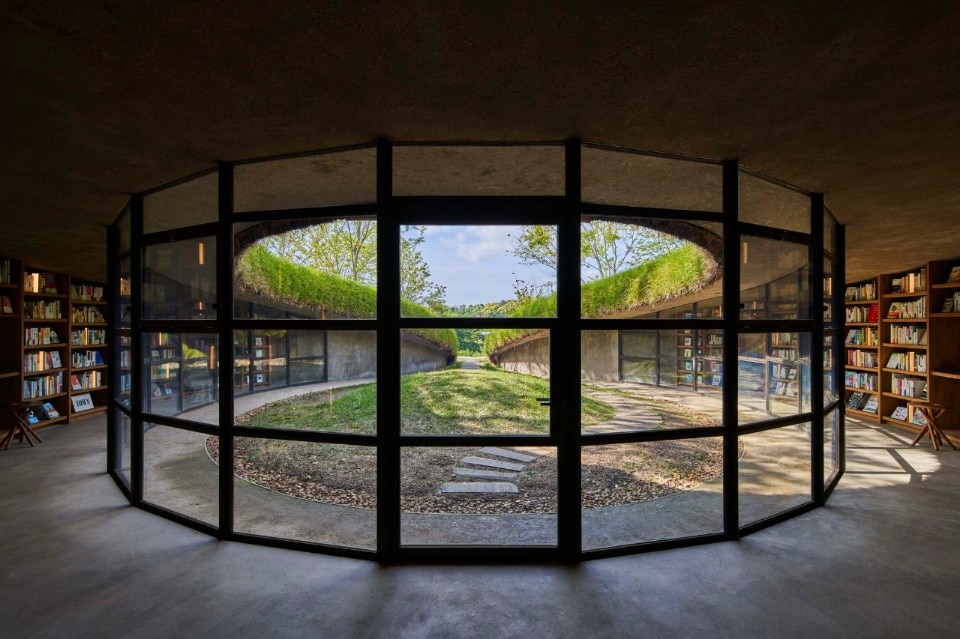From Plato’s Cave to Verne's Journey to the Centre of the Earth, to Eusapia (Calvino's "invisible city" that duplicates underground the one on the surface), the underworld has always aroused conflicting emotions. On the one hand, beyond the fairy-tale atmospheres of Hobbit-houses, claustrophobic unease and disquiet about something unknown and mysterious are often associated with it. On the other hand, the innermost depths of the earth evoke the archetypal image of a maternal belly that has always offered humankind protection, from the rupestral caves to the vast underground complexes such as the traditional Berber dwellings in North Africa, the Yaodong villages in China, and the Sassi of Matera.
Even in recent times, hypogeal architecture (built totally or for the most part underground) has made it possible to cope with extreme climatic conditions: this is the case with the mining town of Coober Pedy, in the southern desert of Australia, and Réso, the underground city pulsing beneath the centre of Montreal, designed as a defense against the harsh Canadian winter.
Since the 1970s and even earlier, then, bio-architecture has extensively investigated the subject of underground constructions in consideration of the benefits related to the reduction of the ecological footprint and to microclimatic well-being, bringing together the possibility of integration into the landscape (essential in protected or topographically complex contexts), energy saving and an excellent performance in stabilising indoor temperatures (thanks to the thermal inertia of the ground) and granting thermal-acoustic insulation. The results are mixed: from mere camouflage, to works designed to fully exploit the concrete environmental advantages of building "in negative".
With no attempt to soften the (often irreversible) impact caused by artificial works in the territory, whether above or below ground, we have selected fifteen underground projects that propose an alternative conception of experiencing space and a shift away from the rush to ostentation that sometimes characterises architecture "en plein air": from cities that are still inhabited (in Tunisia, Australia, China, Italia) to contemporary architectural works in Finland (Timo and Tuomo Suomalainen), Italy (Fagnola + PAT Architetti associati, Zaha Hadid Architects), the United Kingdom (Future Systems), Switzerland (SeARCHstudio), Denmark (BIG), Greece (MOLD Architects), Mexico (Francisco Pardo Arquitecto), South Korea (BCHO Architects), India (Wallmakers) and Japan (Hiroshi Nakamura & NAP).
After all, if the densification of the built environment and the anthropic congestion of the earth's surface open up questions about the future of the ecosystem, “the only way out of the human rabbit warren is, quite simply, down the rabbit hole” (Bernard Rudofsky, "The Prodigious Builders", 1977).


